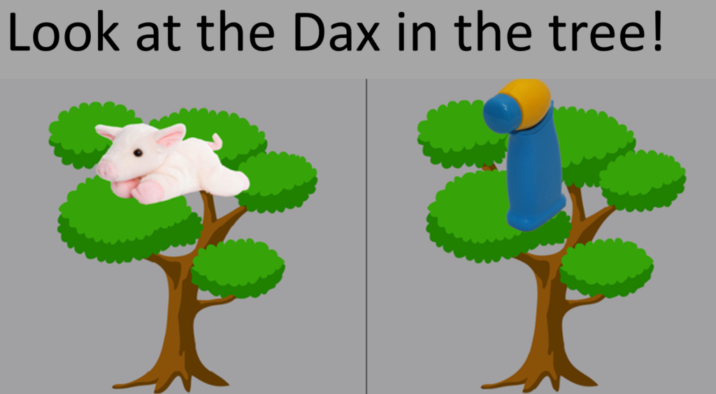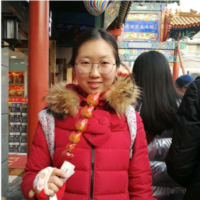Mutual exclusivity helps babies learn about the world.
Mutual exclusivity is a generally helpful assumption that young children (and adults) use as they learn a language. Under this assumption, they tend to believe an object should have just one name. This leads them to expect a new name for a new object and to avoid giving one object multiple names. Children begin to use this assumption when they are around 17 months old (link).
Mutual exclusivity is evident when a young child is shown two objects, for example, a toy pig that the child knows as “pig” and a toy she has never seen before. When an adult tells the child to “look at the ‘Dax,’” although it is unclear which object the adult is referring to, the child will tend to link “Dax” to the new toy.

This is because from the child’s perspective, the toy pig has already been named “pig.” Because the child applies the mutual exclusivity assumption, she thinks that “Dax” must refer to the new toy.
In a child’s journey of language learning, mutual exclusivity can both help and hinder their process of word learning and understanding. On one hand, mutual exclusivity helps children decide which object to apply new words to, thus learning new names. On the other hand, it has the potential to misguide children, as an object can often have multiple names (like “pig” and “sow”).

Jing Liu
Author
Jing is a rising junior majoring in psychology and statistics. She is interested in how children acquire their first words and categorize them into their existing network of knowledge.
1 comments on “Your toddler knows that new words (probably!) label things they don’t yet have a name for!”
Comments are closed.